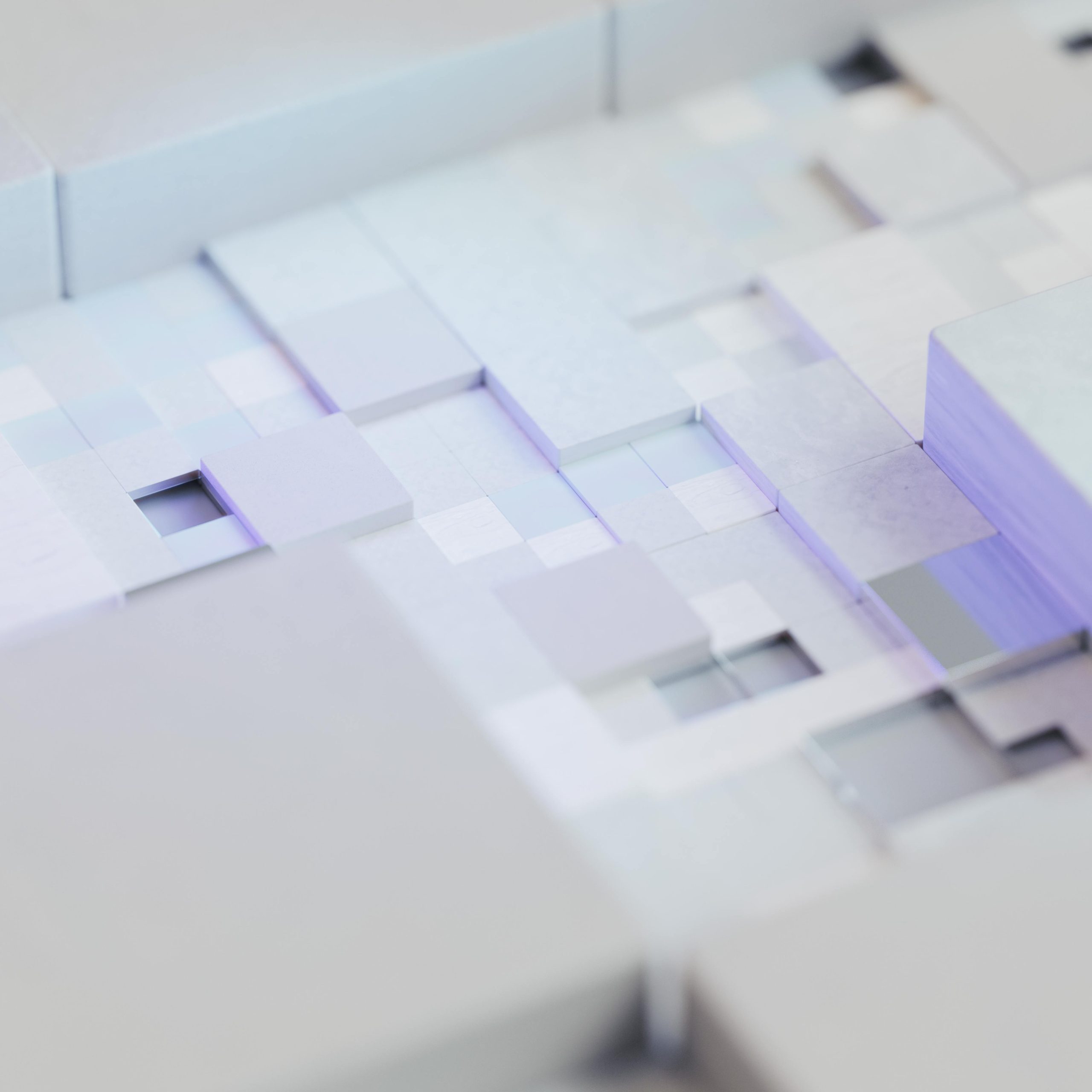Artificial intelligence has revolutionized countless industries, and the world of art is no exception. AI-generated art has sparked debates, inspired awe, and raised profound questions about creativity itself. Can machines, devoid of human emotions and experiences, truly be creative? Or are they merely sophisticated tools replicating patterns from existing works? This article explores the fascinating intersection of AI and creativity, examining how algorithms produce art, the ethical implications, and whether machines can ever rival human imagination.
How Does AI Create Art?
AI-generated art is produced using machine learning models, particularly generative adversarial networks (GANs) and diffusion models. These systems analyze vast datasets of existing artwork, learning patterns, styles, and techniques. When given a prompt, the AI synthesizes this knowledge to generate new images, often with surprising originality.
For example, tools like DALL-E, MidJourney, and Stable Diffusion allow users to input text descriptions, which the AI interprets to create unique visuals. The process involves:
- Training: The model studies millions of images and their associated metadata.
- Generation: It combines learned elements to produce new compositions.
- Refinement: Iterative adjustments improve coherence and aesthetic appeal.
While the results can be stunning, critics argue that AI lacks true intent—it doesn’t “understand” art the way humans do. Instead, it mimics creativity through statistical probabilities.
The Debate: Creativity or Imitation?
At the heart of the discussion is whether AI can be genuinely creative or if it’s simply remixing existing ideas. Proponents of AI art argue that creativity isn’t exclusive to humans. If a machine produces something novel and valuable, does its lack of consciousness matter?
On the other hand, skeptics claim that creativity requires intention, emotion, and lived experience—qualities machines don’t possess. Human artists draw from personal struggles, cultural influences, and spontaneous inspiration, whereas AI operates on predefined algorithms.
Key points in the debate include:
- Originality: AI art is derived from pre-existing works, raising questions about plagiarism.
- Intent: Can art exist without an artist’s purposeful expression?
- Innovation: Some AI-generated pieces introduce styles never seen before, blurring the line between imitation and invention.
Ultimately, the definition of creativity may need to evolve as AI continues to challenge traditional boundaries.
Ethical and Legal Implications
The rise of AI art has brought significant ethical and legal challenges. One major concern is copyright infringement. Since AI models train on copyrighted images, artists whose works were used without permission argue that their intellectual property is being exploited.
Another issue is the potential devaluation of human artists. If AI can produce art quickly and cheaply, will it reduce opportunities for traditional creators? Additionally, there’s the question of authorship—who owns an AI-generated piece: the programmer, the user, or the AI itself?
Key ethical considerations include:
- Transparency: Should AI disclose when art is machine-generated?
- Compensation: How should original artists be credited or paid for their influence on AI outputs?
- Regulation: Governments and platforms are grappling with how to oversee AI art fairly.
As the technology advances, establishing clear guidelines will be crucial to balancing innovation with fairness.
AI as a Collaborative Tool for Artists
Rather than replacing human artists, many see AI as a powerful collaborator. Artists are using AI to enhance their workflows, experiment with new styles, and overcome creative blocks. For instance, a painter might use AI to generate concept sketches before refining them manually.
AI can also democratize art creation, allowing people without formal training to express themselves visually. Tools like DeepDream and Runway ML enable users to manipulate images in ways previously requiring advanced skills.
Examples of AI-human collaboration include:
- Concept Art: Game designers use AI to rapidly prototype characters and environments.
- Music and Film: AI assists in composing scores or generating visual effects.
- Interactive Art: Installations that respond to audience input using AI algorithms.
This partnership suggests that AI’s greatest potential may lie in augmenting human creativity rather than replacing it.
The Future of AI and Creativity
As AI technology evolves, its role in art will likely expand. Future advancements could enable AI to develop more nuanced, emotionally resonant works—perhaps even art that reflects a form of machine “consciousness.” However, this raises philosophical questions about the nature of creativity and whether machines could ever truly “feel” inspiration.
Possible future developments include:
- Personalized Art: AI generating custom pieces tailored to individual tastes.
- New Art Movements: Entirely AI-driven styles emerging, distinct from human traditions.
- Hybrid Creations: Seamless collaborations between humans and AI, blurring authorship further.
While the debate over machine creativity continues, one thing is certain: AI is reshaping the artistic landscape in unprecedented ways.
Conclusion
AI-generated art challenges our deepest assumptions about creativity, originality, and the role of technology in human expression. While machines may never replicate the soulful intent behind human art, they undeniably open new possibilities for innovation and collaboration. Whether viewed as a tool, a competitor, or a co-creator, AI is here to stay—and its impact on the art world is only beginning. As we navigate this evolving frontier, the conversation about what it means to be creative will continue to inspire and provoke.
